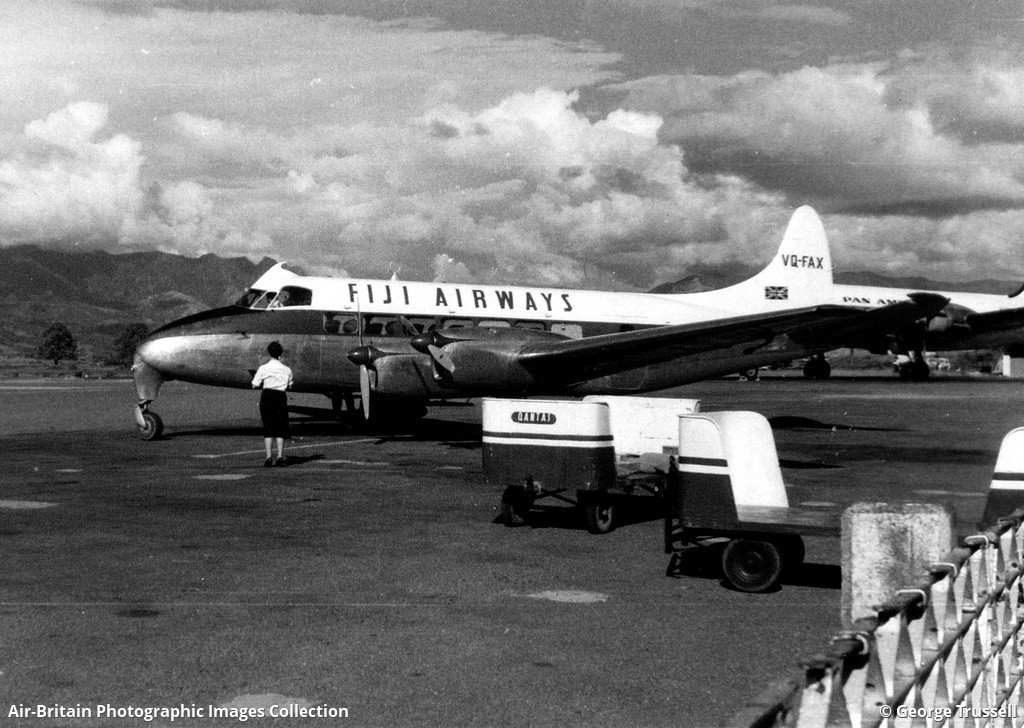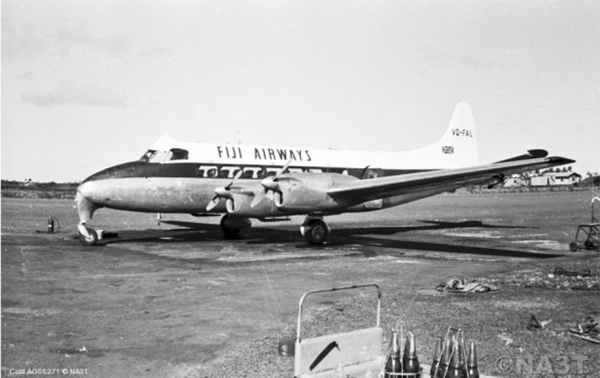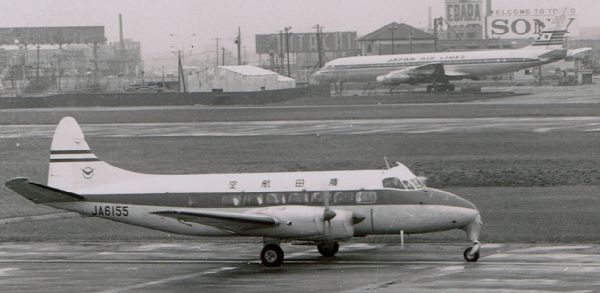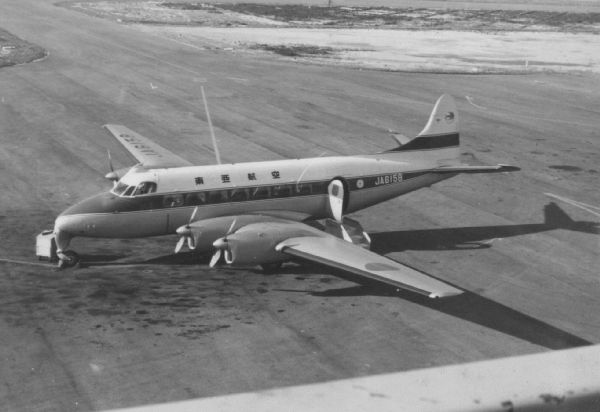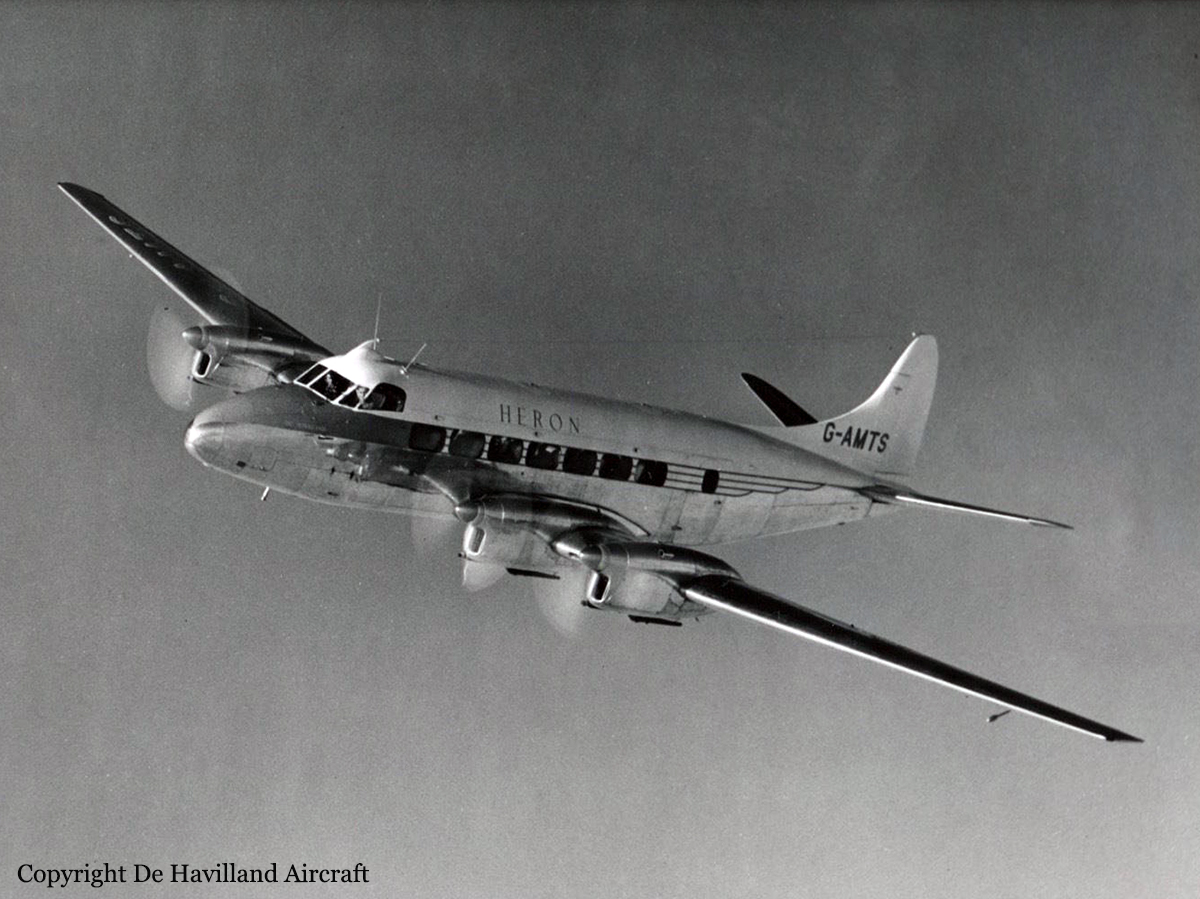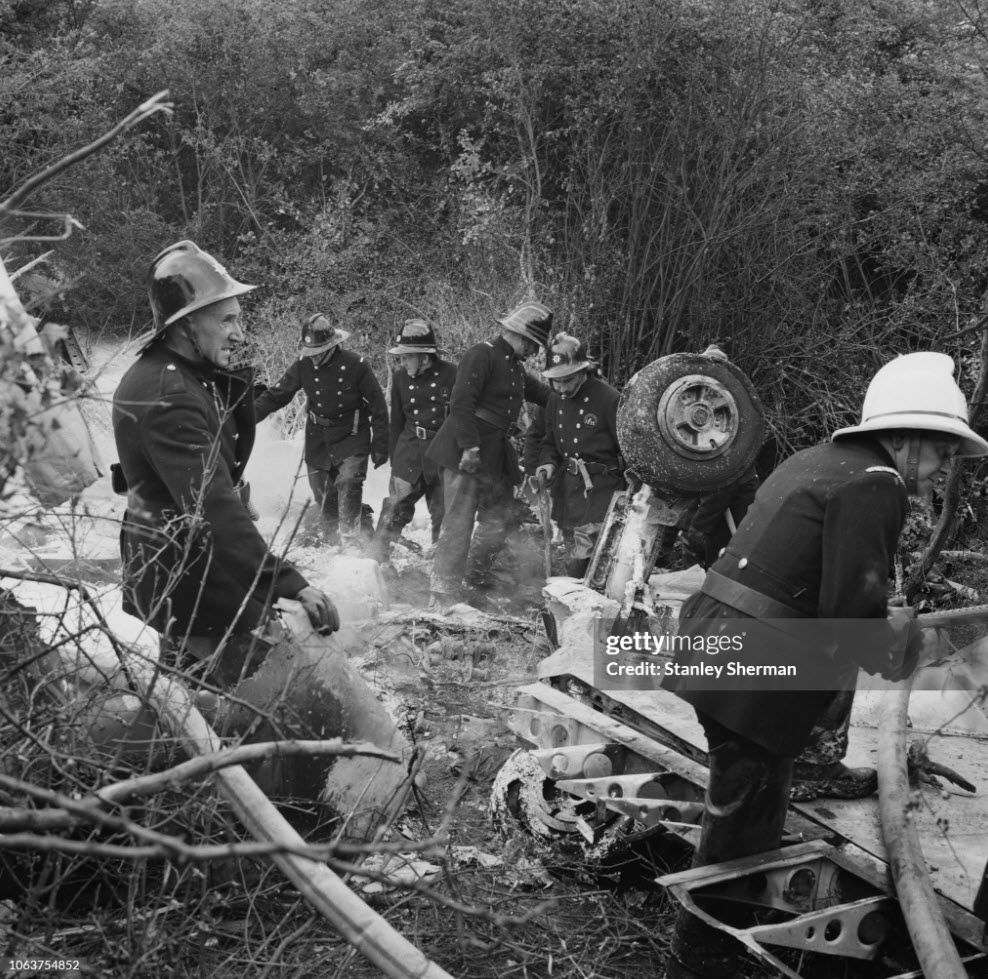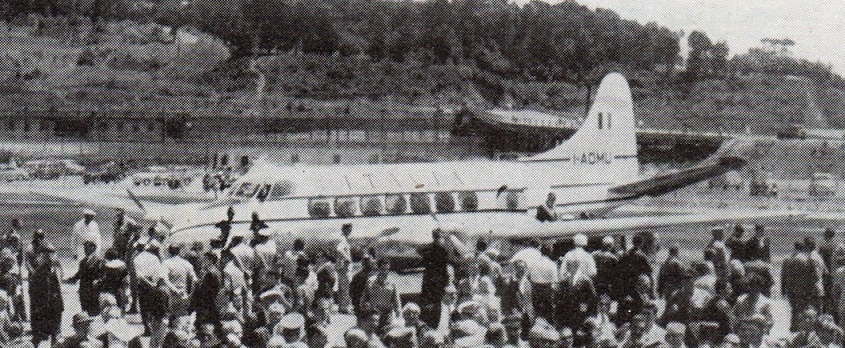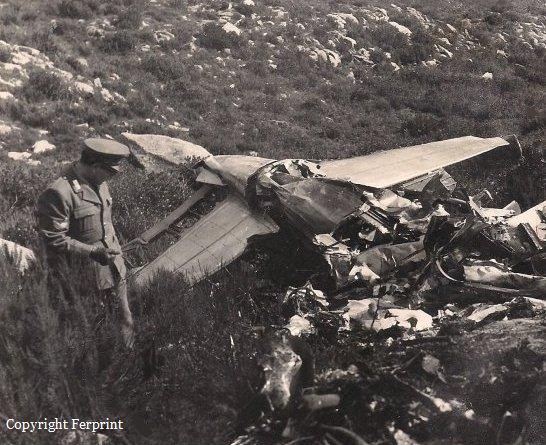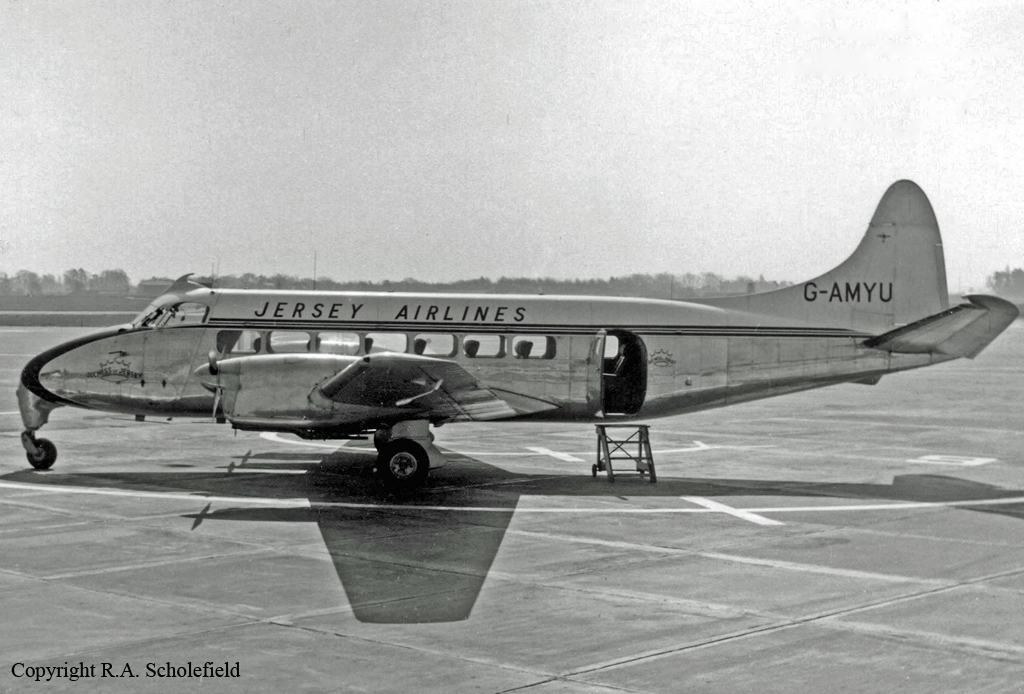Crash of a De Havilland DH.114 Heron 1B in Nausori
Date & Time:
Nov 9, 1966
Registration:
VQ-FAX
Survivors:
Yes
MSN:
14012
YOM:
1953
Crew on board:
0
Crew fatalities:
Pax on board:
0
Pax fatalities:
Other fatalities:
Total fatalities:
0
Circumstances:
Suffered a landing accident at Nausori Airport. There were no casualties but the aircraft was damaged beyond repair.
